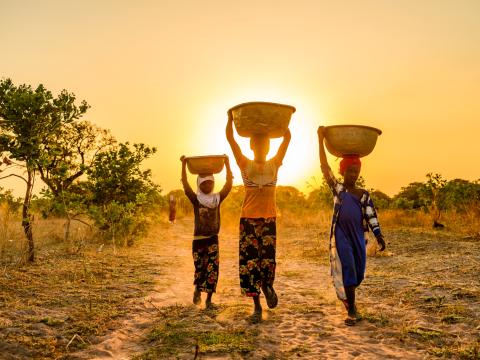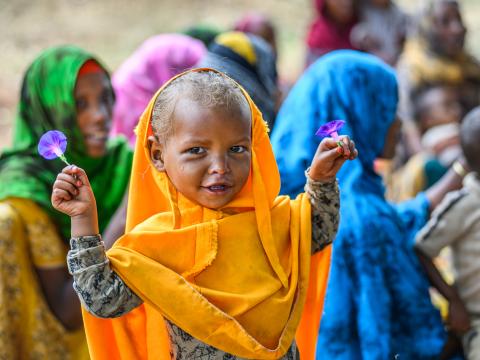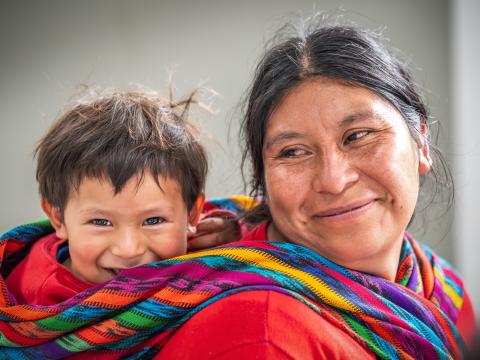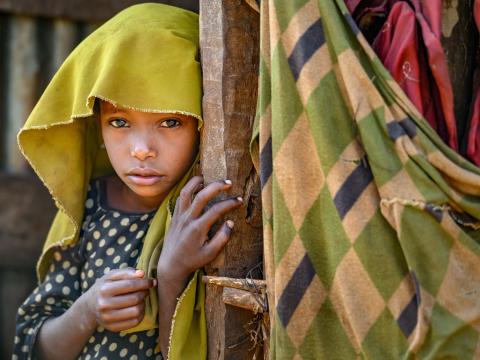
Are We Eating Our Way Out of Hunger or Deeper Into It?
October13 2025.
At the EAT Stockholm Food Forum, global leaders argued that the path to ending child hunger may start not in the fields, but on our plates. Andrea Galante and Johan Eldebo bring their perspective on why transforming diets could be the most powerful tool we have to fight hunger.
It’s a paradox of our age: while supermarket aisles overflow with abundance, over a billion women and girls are undernourished, and 360 million children struggle with obesity. This stark contrast raises an unsettling question: what if the fight against hunger begins not with how much we produce, but with what and how we choose to eat?
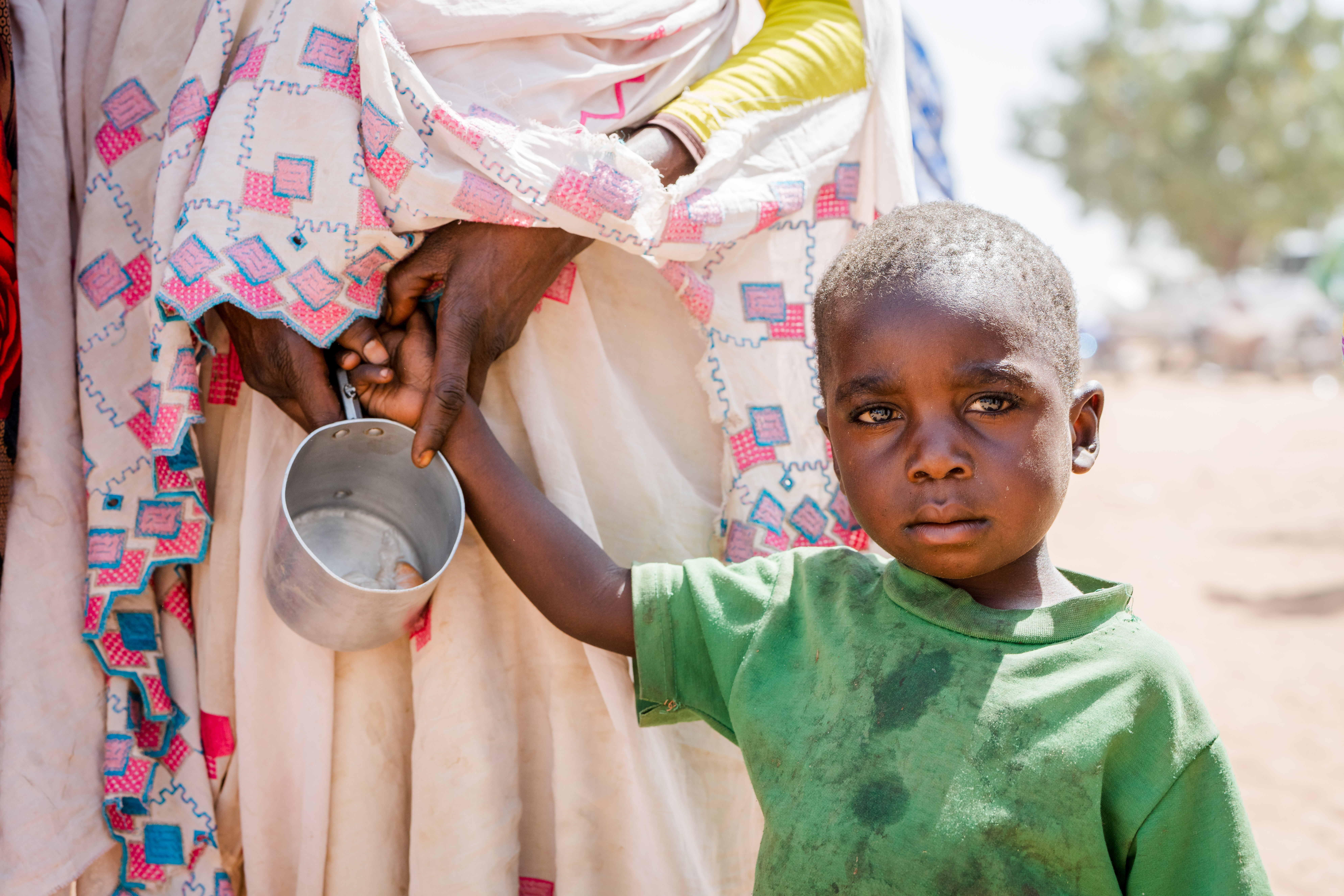
The recent EAT Stockholm Food Forum placed this contradiction under the microscope, challenging global leaders to confront a hard truth: today’s food systems are failing billions. The discussion centred on the Planetary Health Diet (PHD) a meticulously researched, globally adaptable framework designed to nourish both people and the planet. At its core lies a deceptively simple proposition: more fruits, vegetables, legumes, and grains; less meat, dairy, and sugar. Straightforward in theory, yet profoundly political in practice. Because, as one might contend, food is never just about nutrition it’s about justice, access, and power.
Rethinking Food as Justice
Although the PHD offers a scientific blueprint, the true challenge lies in translating it into action. For millions, a “healthy diet” remains a distant aspiration—a luxury item rather than a human right. The Lancet Commission’s latest data is sobering for many low-income families; a healthy diet costs more than half of their daily earnings.
Our global food system, while ostensibly designed to nourish frequently operates as a mechanism of exclusion. The problem is not scarcity, but inequity. Global leaders, governments, and private sector actors must face this uncomfortable reality: our systems reward productivity and profit, not fairness or wellbeing. It’s an imbalance that perpetuates cycles of hunger in communities least equipped to bear them.
Where Science Meets the Schoolyard
Perhaps the most compelling examples of transformation come not from laboratories or policy briefings, but from classrooms. Every day, 466 million children receive a meal at school - a simple act with extraordinary implications. School meal programmes are among the most cost-effective interventions available, improving nutrition, learning outcomes, and community resilience, especially when meals are sourced from smallholder farmers.
This intersection where policy meets practice is where lasting change begins. When a child eats a nutritious meal grown in her own community, evidence turns into empathy; theory becomes transformation. The ripple effects are profound: better health, stronger local economies, and a deeper sense of dignity and belonging.
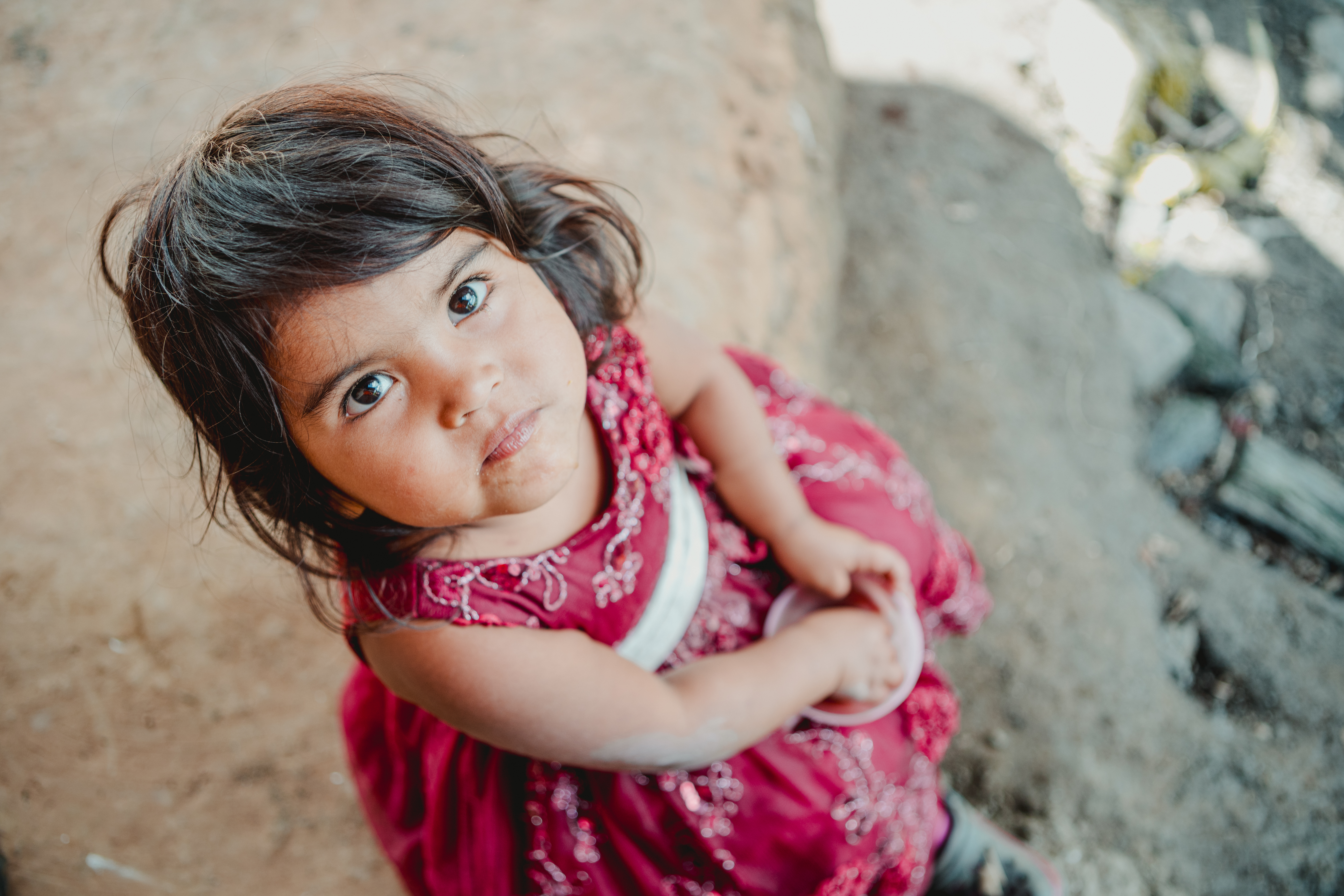
The ENOUGH Imperative
For the ENOUGH Campaign, led by World Vision, the Forum reaffirmed a conviction: ending child hunger requires a complete reimagining of food systems, grounded in justice, sustainability, and shared accountability. Relief must link to development; immediate assistance must lay the groundwork for resilience.
World Vision’s work exemplifies this interconnected vision cash assistance, agricultural livelihoods, and maternal and child nutrition programmes that reach millions each year. These efforts are informed by evidence but driven by empathy, rooted in the belief that no child should go hungry in a world capable of abundance.
Still, while persuasive, the optimism surrounding such initiatives risks overlooking the deeper structural barriers land inequality, fragile governance, and trade distortions that sustain food injustice.
The Moral Equation
Rarely has the notion of “a healthy diet for all” felt so simultaneously possible and precarious. The data exist. The solutions are known. What remains elusive is the collective resolve, the moral will to reorder priorities and redistribute opportunity. To a certain extent, this is not merely about policy, but principle: whose wellbeing are our food systems truly designed to serve?
Justice, as the Stockholm Forum reminded us, is tangible. It looks like locally grown produce sustaining both body and community; it tastes like the warm meal that allows a child to learn, to dream, to grow.
Beyond the Conference
As the discussions fade and declarations are archived, one question endures: will these commitments translate into action? Governments, multilateral institutions, and the private sector must move beyond rhetoric to deliver on equitable, climate-resilient food systems. Civil society, too, must demand transparency and accountability.
Because ending child hunger is not an impossible dream it is a deliberate choice. And until every child eats well, no society can truly claim to have progressed.
It’s time to turn science into sustenance, policy into plates, and vision into nourishment. Enough talk. Let’s feed the future.
Andrea Galante is World Vision’s Senior Advisor for Coalitions and Emerging Global Partnerships. She holds a Master’s and PhD in Nutrition and brings more than 30 years of experience in global advocacy, including at the UN, G7, and G20. Andrea has served in senior roles at FAO and WFP, coordinate nutrition graduate and master programs in São Paulo, and, as President of the Brazilian Nutrition Association, strengthened civil society’s voice in shaping Brazil’s hunger and nutrition policies.
